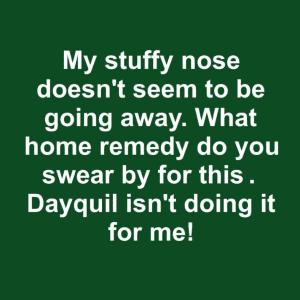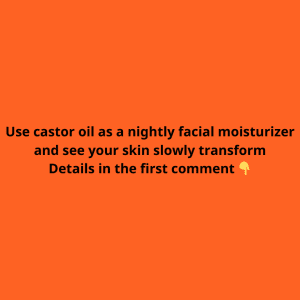As summer approaches, many look forward to enjoying outdoor activities and soaking up the sun. However, for individuals with eczema, particularly dyshidrotic eczema, the season can present unique challenges. Dyshidrotic eczema is a type of dermatitis that manifests as small, itchy blisters on the fingertips, toes, palms, and soles, often flaring up in the spring due to seasonal allergens. While eczema cannot be cured, it can be effectively managed, allowing you to enjoy the warmer months with minimal discomfort.

Recognizing the Symptoms of Dyshidrotic Eczema
Dyshidrotic eczema is characterized by several distinct symptoms, including:
- Deep-Set Blisters: These small, fluid-filled blisters typically appear on the hands and feet and can be extremely itchy.
- Intense Itching: The itching associated with dyshidrotic eczema can be severe, often leading to discomfort and difficulty concentrating on daily activities.
- Redness and Flaking: The affected areas may become red, scaly, and flaky as the blisters heal.
- Pain and Skin Damage: The blisters can be painful, and the skin may become cracked or damaged, increasing the risk of infection.
This condition often affects adults between the ages of 20 and 40, with women being more commonly affected than men. Individuals with a history of atopic dermatitis, hay fever, or contact dermatitis are at a higher risk of developing dyshidrotic eczema. Additionally, there is a genetic component, meaning if a family member has the condition, your likelihood of experiencing it increases.
Managing Dyshidrotic Eczema: Treatment Options
Although dyshidrotic eczema cannot be cured, it can be managed effectively with the right approach. Here are some treatment options to consider:
1. Topical and Oral Medications
- Corticosteroids: These may be prescribed as injections, creams, ointments, or pills to reduce inflammation and alleviate symptoms.
- Immune-Suppressing Ointments: Products like Protopic and Elidel can help manage flare-ups by suppressing the immune response.
- Anti-Itch Creams: Over-the-counter or prescription creams can provide relief from itching and discomfort.
2. Advanced Therapies
- UV Light Therapy: Also known as phototherapy, this treatment involves exposing the skin to ultraviolet light under medical supervision, which can help reduce symptoms.
- Draining Large Blisters: In some cases, a healthcare provider may need to drain larger blisters to relieve pain and prevent infection.
- Antihistamines: These medications can help manage allergic reactions that may trigger or exacerbate eczema symptoms.
Natural Remedies for Dyshidrotic Eczema
For those who prefer natural treatments, several remedies can help manage the symptoms of dyshidrotic eczema:
1. Cold Compresses
Applying cold compresses to the affected areas for 15 minutes several times a day can reduce inflammation and relieve pain. For the best results, follow up with a moisturizer to keep the skin hydrated.
2. Aloe Vera
Aloe vera is renowned for its soothing properties. Applying aloe vera gel directly to the irritated skin can help calm inflammation and promote healing. You can also use a natural aloe vera lotion as an alternative.
3. Oatmeal Baths
Oatmeal has anti-inflammatory properties that can soothe irritated skin. Adding colloidal oatmeal to a lukewarm bath or creating a paste to apply directly to the skin can help alleviate symptoms and improve skin health.
Preventing Flare-Ups: Tips for Managing Dyshidrotic Eczema
Managing dyshidrotic eczema involves more than just treating symptoms; it’s about preventing flare-ups and maintaining healthy skin. Here are some tips to keep in mind:
- Avoid Triggers: Identify and avoid allergens or irritants that may cause flare-ups. Common triggers include certain metals, chemicals, and stress.
- Keep Skin Moisturized: Regularly apply moisturizers to keep your skin hydrated and prevent dryness, which can lead to flare-ups.
- Wear Protective Gloves: If you’re handling substances that may irritate your skin, such as cleaning products or water, wear protective gloves to minimize exposure.
- Stay Hydrated: Drinking plenty of water helps keep your skin hydrated from the inside out, reducing the likelihood of flare-ups.
Enjoying Summer Without the Worry
Summer should be a time to relax and enjoy the outdoors, not worry about eczema flare-ups. By understanding dyshidrotic eczema and taking proactive steps to manage it, you can minimize discomfort and make the most of the sunny season. Whether you choose medical treatments, natural remedies, or a combination of both, the key is to stay informed and attentive to your skin’s needs.
With the right approach, you can keep dyshidrotic eczema under control and enjoy all that summer has to offer without the constant worry of itching and pain.


